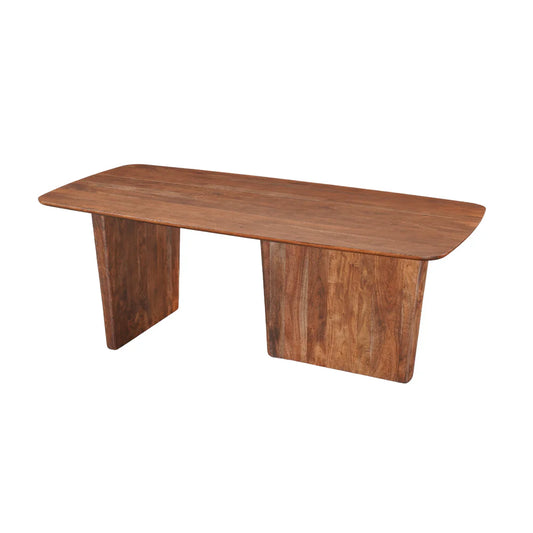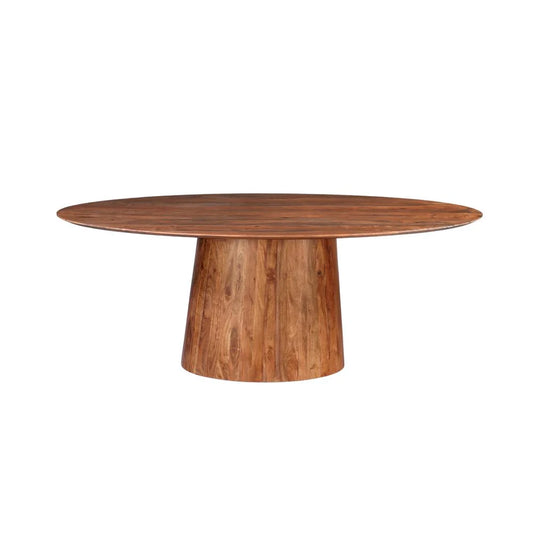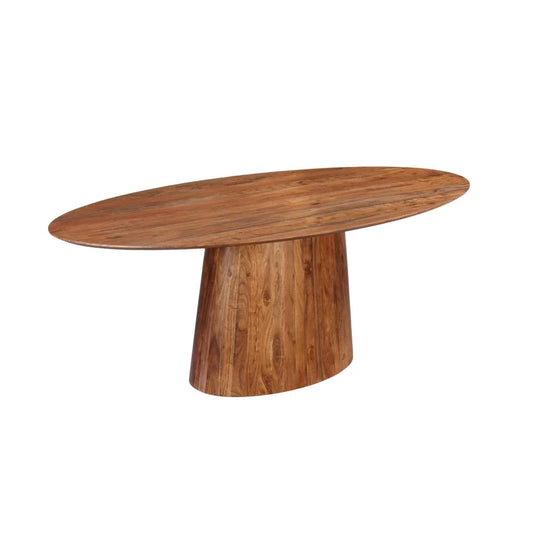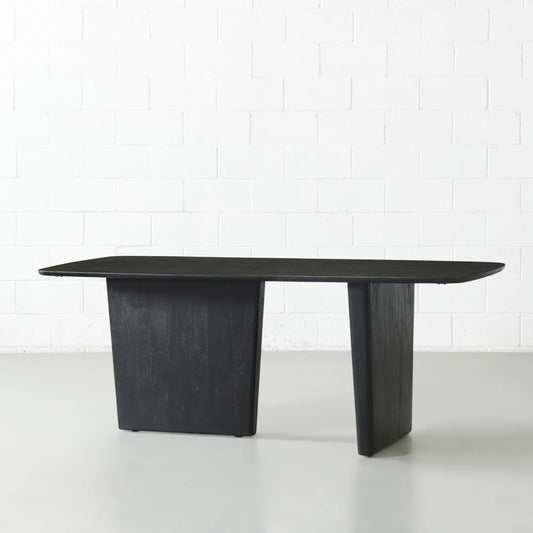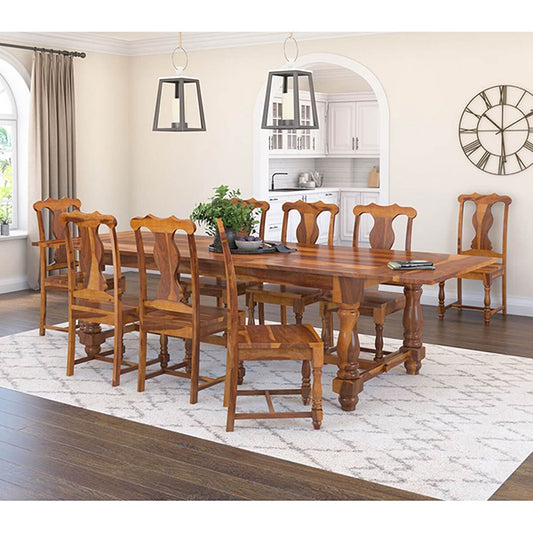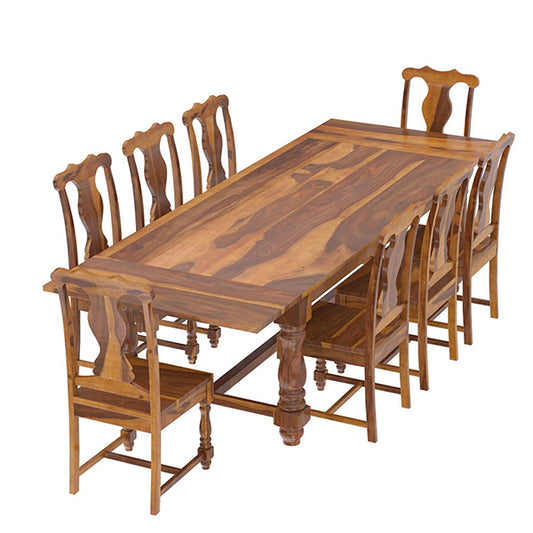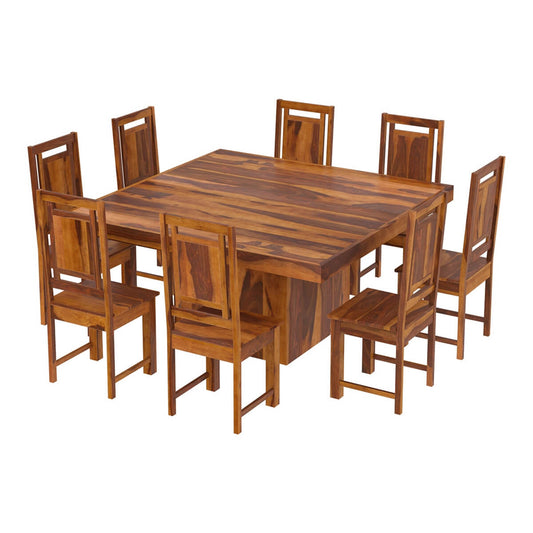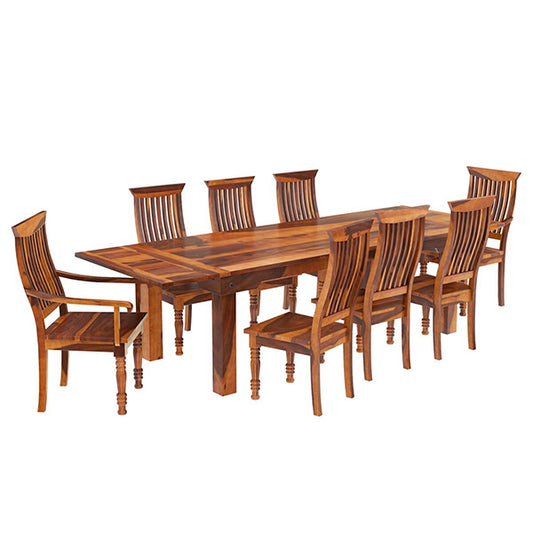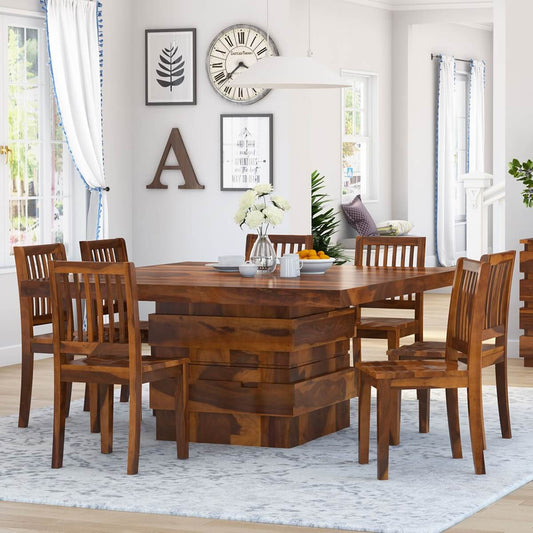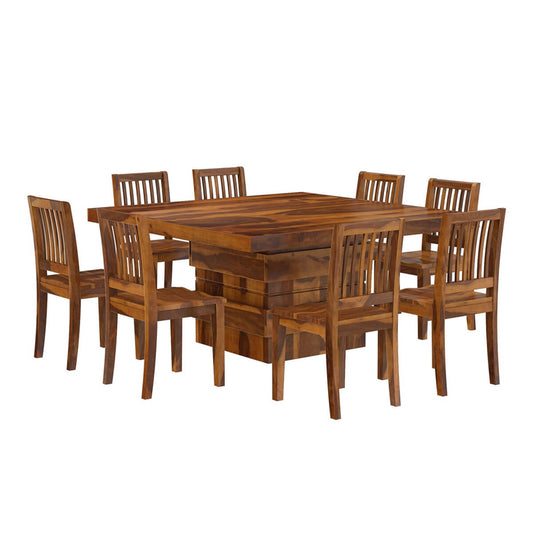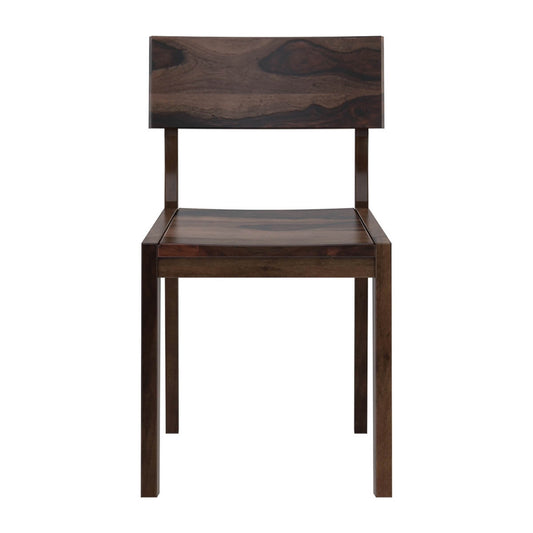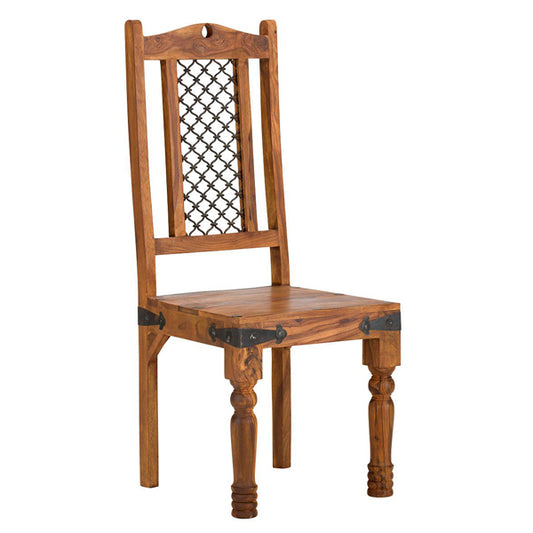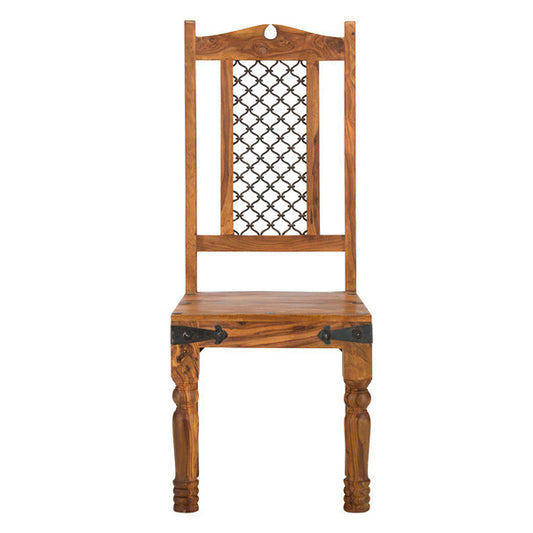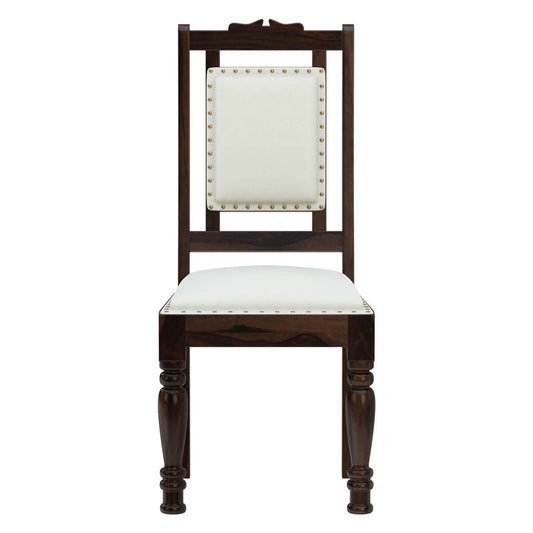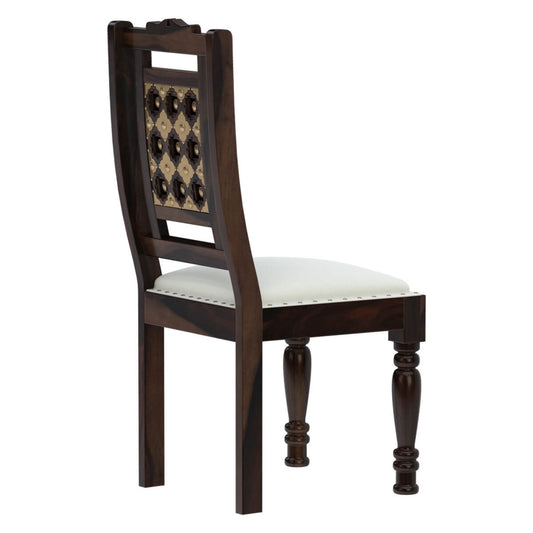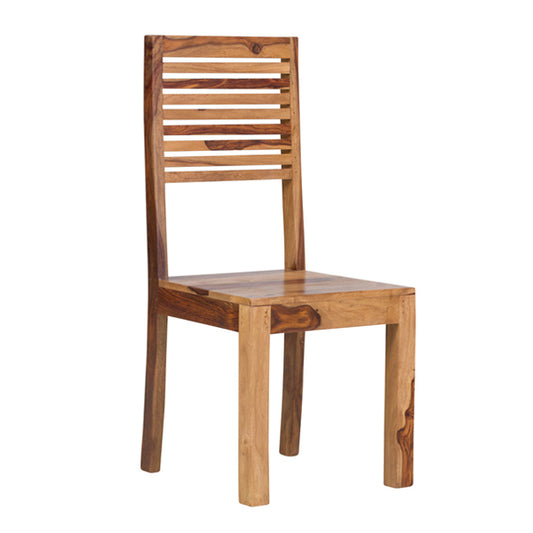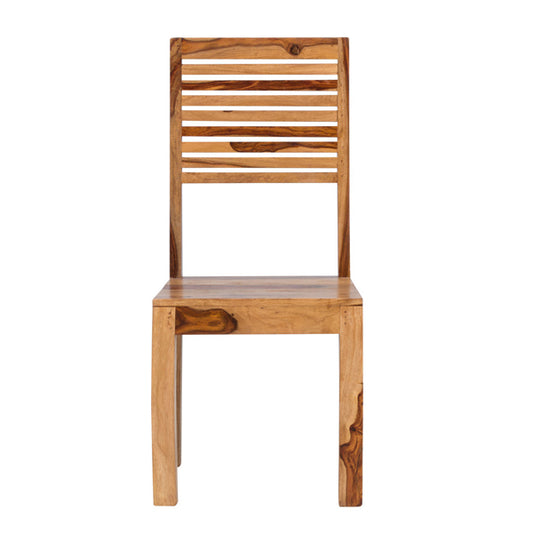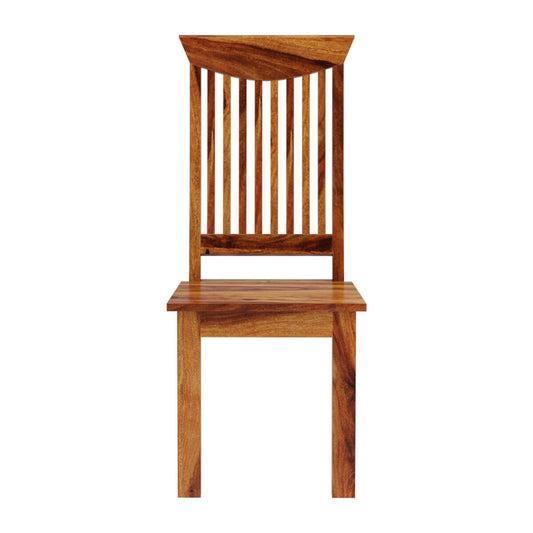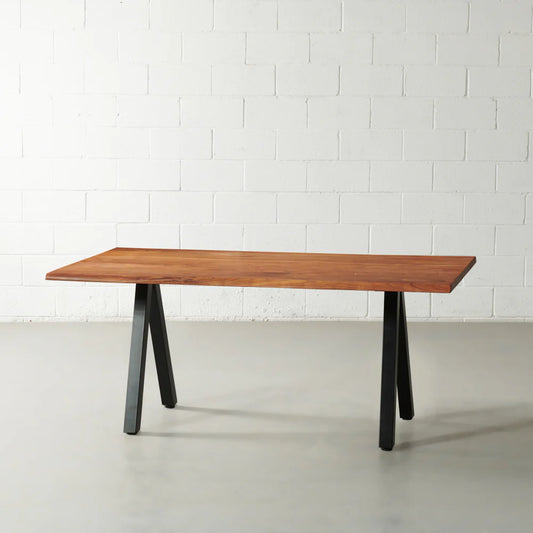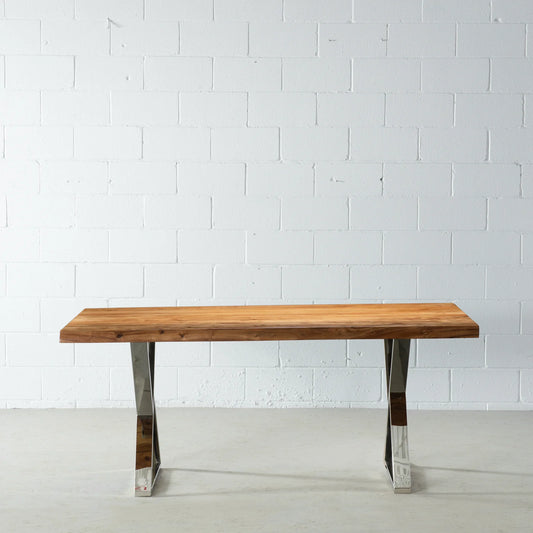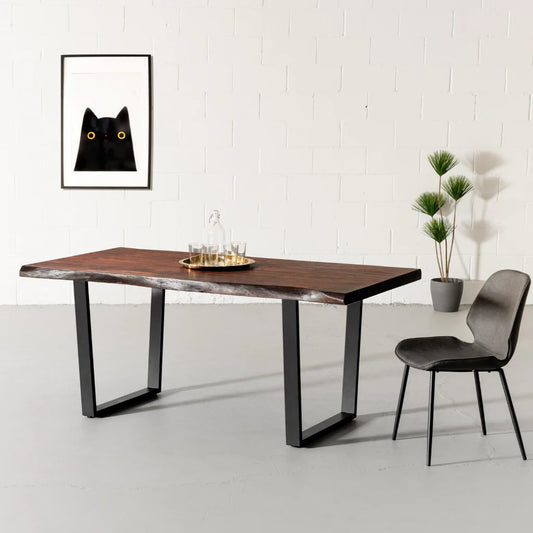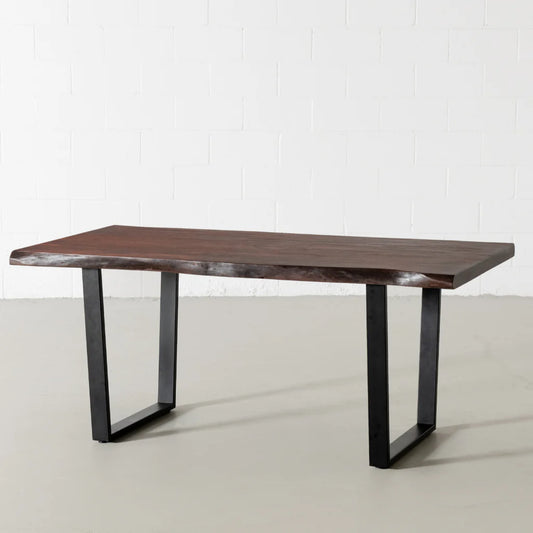Tips for creating a dream dining room
A. Determining the function of the dining room:
Before you begin designing your dream dining room, it’s important to consider how you will use the space. Will it be used primarily for formal dinner parties or more casual family meals? Will it double as a home office or a playroom for kids? Once you determine the primary function of the room, you can tailor the design accordingly.
B. Choosing a dining table and chairs:
The dining table and chairs are the centerpiece of the room and should reflect your personal style and complement the overall design aesthetic of your home. Consider the size and shape of your space when choosing the table, as well as the number of people you typically host for meals. For chairs, consider both comfort and style, and be sure to choose pieces that coordinate with your table.
C. Selecting lighting fixtures:
Proper lighting is essential for creating a welcoming atmosphere in your dining room. Consider adding a statement chandelier or pendant light above the table to provide both ambient and task lighting. Wall sconces and table lamps can also add extra warmth and dimension to the space.
D. Adding decorative elements:
Adding decorative elements, such as artwork, mirrors, and plants, can help elevate the overall design of your dining room. Consider creating a gallery wall with your favorite pieces or adding a large mirror to reflect natural light and create the illusion of a larger space.
E. Selecting the right colors and textures:
The color scheme and textures you choose for your dining room can have a significant impact on the overall look and feel of the space. Consider incorporating a mix of textures, such as wood, metal, and fabric, to add depth and interest. Choose a color palette that compliments the rest of your home and reflects your personal style.
F. Incorporating storage solutions:
Storage is often an overlooked aspect of dining room design, but it’s important for keeping the space organized and functional. Consider incorporating a built-in buffet or sideboard for storing dinnerware, linens, and other dining essentials. Floating shelves and cabinets can also provide additional storage without taking up valuable floor space.
Inspiration for creating a dream dining room
A. Traditional dining rooms:
Traditional dining rooms typically feature classic design elements, such as elegant chandeliers, ornate furniture, and rich, warm colors. Consider incorporating a statement piece, such as an antique buffet or a large area rug, to add character to the space.
B. Modern dining rooms:
Modern dining rooms feature clean lines, a minimalistic design, and a neutral color palette. Consider incorporating sleek furniture and fixtures, such as a glass dining table and minimalist pendant lights, to create a contemporary look.
C. Rustic dining rooms:
Rustic dining rooms feature natural materials, such as wood and stone, and warm, earthy colors. Consider incorporating a farmhouse-style dining table, a reclaimed wood accent wall, or a wrought iron chandelier to create a cozy and inviting atmosphere.
D. Eclectic dining rooms:
Eclectic dining rooms feature a mix of different design styles and elements, creating a unique and personalized space. Consider incorporating a mix of patterns, colors, and textures, as well as unique decorative items, to create a truly one-of-a-kind dining room.
E. Minimalist dining rooms:
Minimalist dining rooms feature a streamlined, pared-down design and a simple color palette. Consider incorporating furniture with clean lines and a neutral color palette, as well as functional and practical storage solutions to keep the space clutter-free.
F. Small space dining rooms:
Small space dining rooms require a bit of creativity to maximize the space while still creating a functional and stylish design. Consider incorporating a drop-leaf table, bench seating, and wall-mounted storage solutions to create a space-saving dining area that still feels inviting and comfortable.





